Warning: this article contains spoilers from The Last of Us episode two, ‘Infected’
The world of both the original Naughty Dog title and HBO’s The Last of Us adaptation poses many threats to the dwindling human population, but arguably the most prominent one is the illness that kicked off the extinction-level event in the first place: the cordyceps infection.
As The Last of Us game and the show make sure to point out, there are ‘worse things’ out there than the infected, with a lot of the humans that remain adopting a ‘kill or be killed’ mentality in relation to their fellow man or woman.
If there’s one thing about The Last of Us that instills a profound sense of dread above anything else, it’s the chirping, and almost knocking sound of a ‘clicker’ around the next corner. What exactly are these clickers, how did they end up in such a sorry state, and what makes them different from the other infected? We’re here with some answers.
What is a Clicker in The Last of Us?
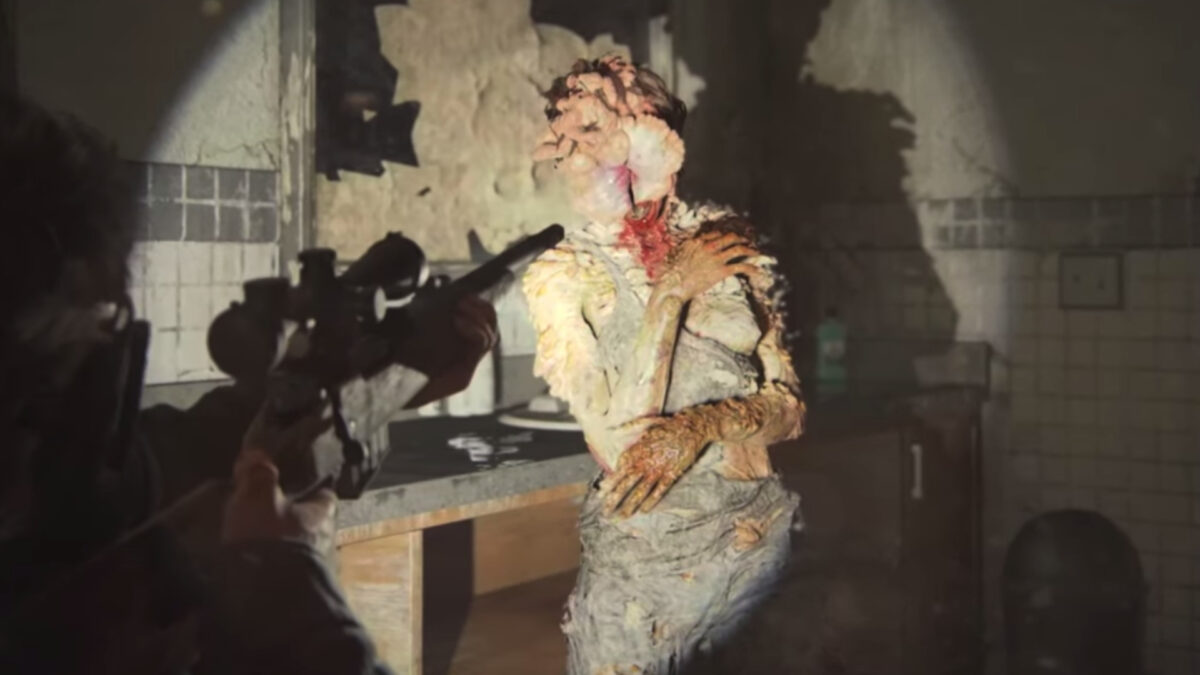
The word ‘clicker’ is a colloquial term used in The Last of Us game for a late-stage cordyceps-infected host, referencing the dreaded ‘clicking’ sound they make. The reason for the clicking is because the fungus has rendered the host blind, so instead they use their clicks as a form of echolocation to navigate their surroundings.
Clickers are most easily identifiable by the noises they make, as well as the fungus that has enveloped most of their heads besides, of course, their mouth; they still need a way to chomp through and infect unsuspecting victims. The fungus surrounding their heads makes them a fair deal more difficult to take down than your average, run of the mill zombie, as it’s a lot more difficult for a weapon (firearm or otherwise) to break through the hardened fungus surrounding the head and brain.
Clickers is the third of four stages in the cordyceps infection. The first stage is referred to as ‘runners,’ who are freshly infected and still have eyesight. The second stage, dubbed ‘stalkers,’ have been infected for a few weeks and are slowly developing fungus around their heads, with their vision becoming more obscured over time. In the third stage they finally becoming clickers. There is a rare fourth and final stage, referred to as a ‘bloater,’ which sees the host’s entire body become completely covered in fungus and extremely difficult to take down.
Of course, HBO’s adaptation introduced its audience to a new spin on the cordyceps infection, that being the interconnected hivemind which can alert cordyceps hosts to the location of a part of the network which has sustained damage. We didn’t see any clickers alerted to the State House at the end of The Last of Us episode two, but we can safely assume that trait also applies to these late-stage infected.

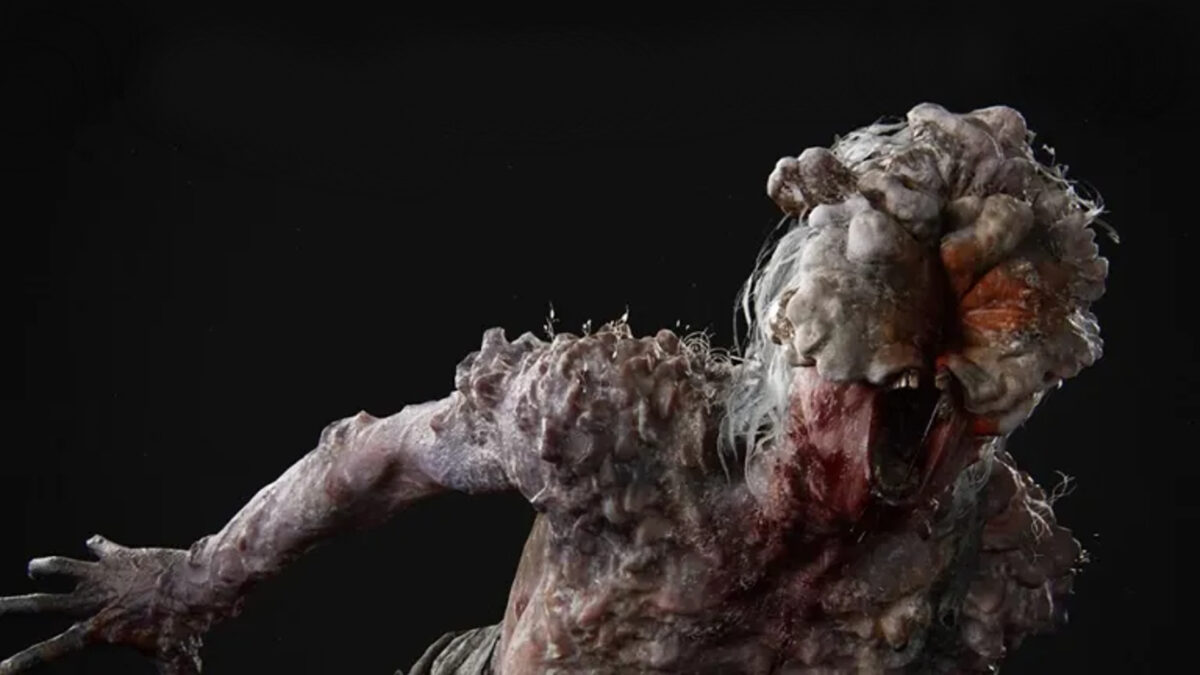
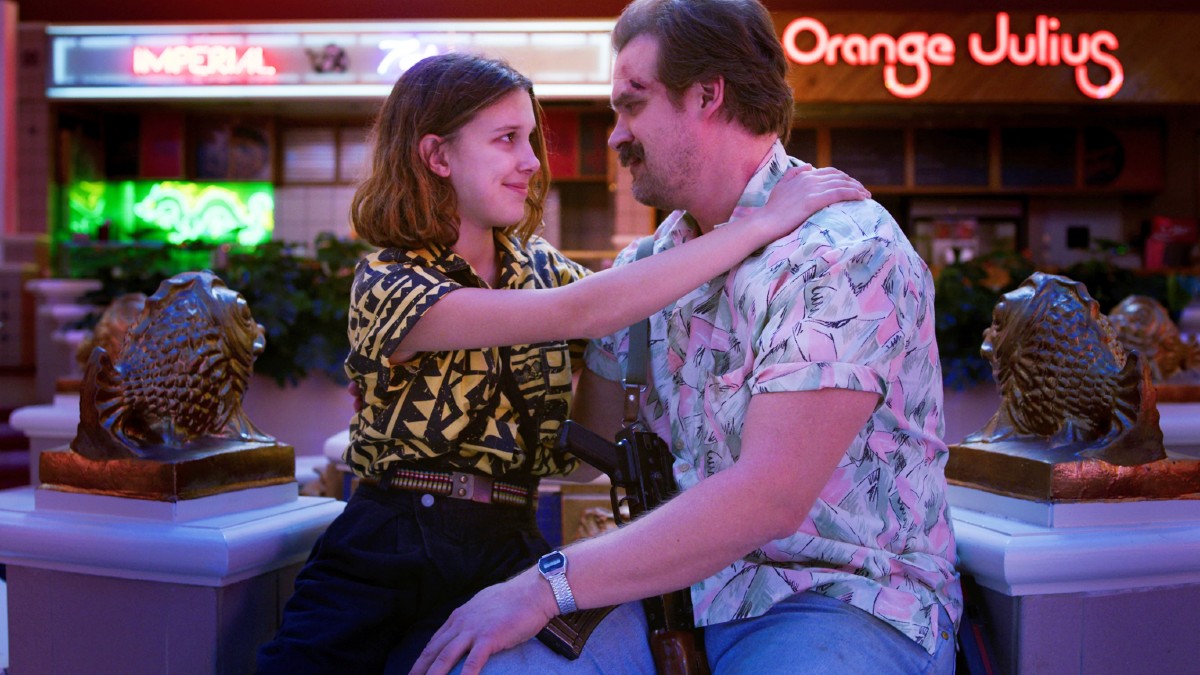

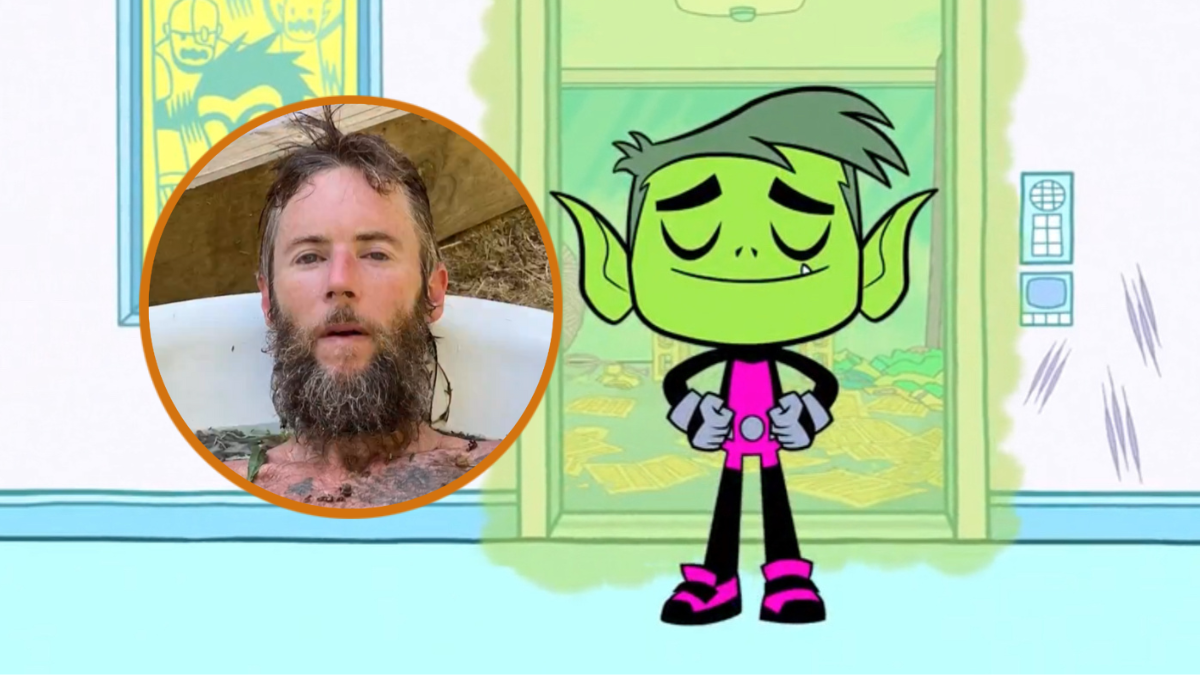

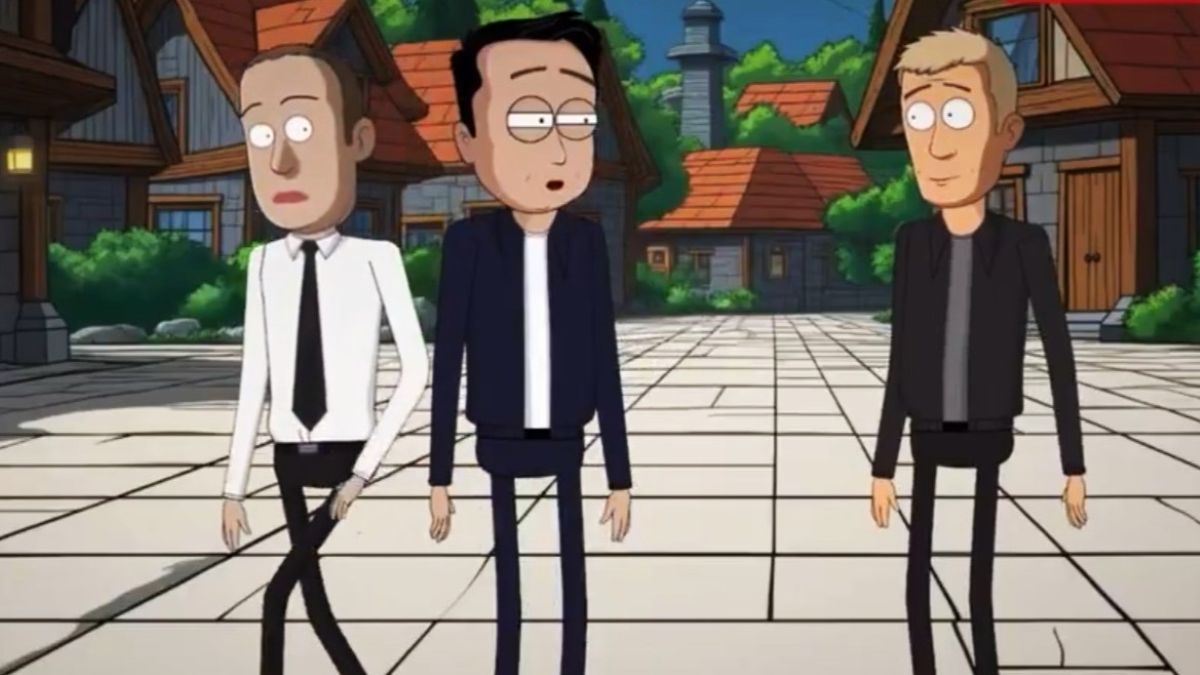




Published: Jan 22, 2023 09:35 pm